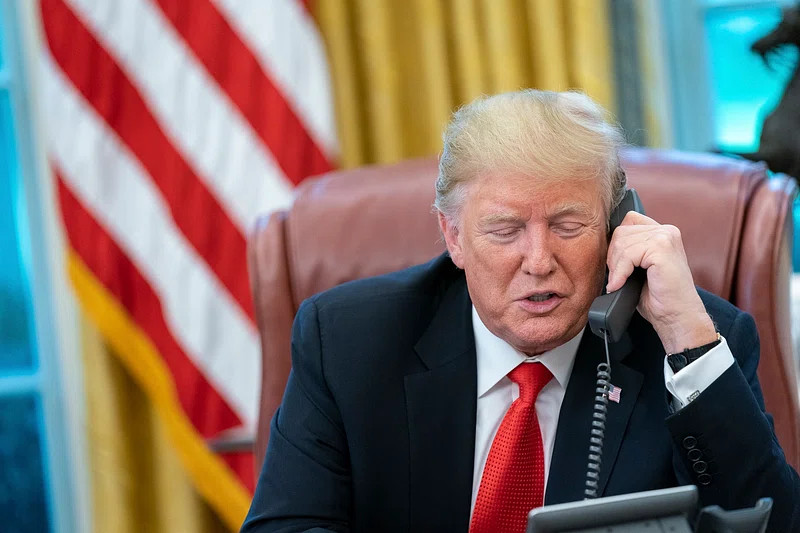In a sharp escalation of U.S.-China trade hostilities, President Donald Trump announced on October 10, 2025, that he intends to impose an additional 100 percent tariff on Chinese imports starting November 1, citing Beijing’s new restrictions on rare earth export controls.
This move would stack on top of already existing tariffs, making the total levy on goods from China extremely high.
Context: Rare Earth Controls Trigger Reaction
Trump’s threat stems from China’s decision to tighten export controls on rare earth minerals and related technologies—materials that are critical in electronics, defense systems, and clean energy.
He took to Truth Social to declare that the U.S. would respond with “massive” tariffs, and flagged that a planned meeting with Chinese President Xi Jinping might be in jeopardy unless Beijing reverses course.
In addition, the administration plans to introduce tighter export controls on critical software bound for China.
China Pushes Back
China’s Commerce Ministry responded swiftly, rejecting the tariff threat as unjustified and calling it a “double standard.”
In an online statement, officials emphasized that while China does not desire a tariff war, it “will resolutely take corresponding measures” if its legitimate rights are threatened.
Beijing defended its rare earth export curbs as legal and necessary, especially given the strategic importance of those materials.
Economic Shockwaves & Market Reaction
The tariff threat triggered immediate instability in global markets:
- The S&P 500 posted one of its steepest single-day drops in months.
- Technology firms—especially those dependent on Chinese components—were hit hard.
- Global supply chains are now bracing for ripple effects, particularly in sectors relying on rare earths and high-tech manufacturing.
The looming tariffs threaten to undo recent efforts to stabilize U.S.-China trade relations following pauses earlier in the year.
Strategic Stakes & Risks Ahead
- Escalation risk: A 100 percent tariff is a major leap. China may retaliate with its own trade or regulatory actions.
- Diplomatic impact: The threat casts doubt on planned U.S.–China engagements, including a possible APEC meeting.
- Consumer costs: Higher tariffs will likely increase prices for U.S. businesses and consumers on goods derived from Chinese supply chains.
- Supply chain disruption: Industries such as electronics, renewable energy, EVs, and defense—reliant on rare earths—could face significant constraints.
- Credibility & signaling: With such an extreme tariff threat, credibility becomes crucial—if Trump balks or delays, markets and China may discount the threat.











